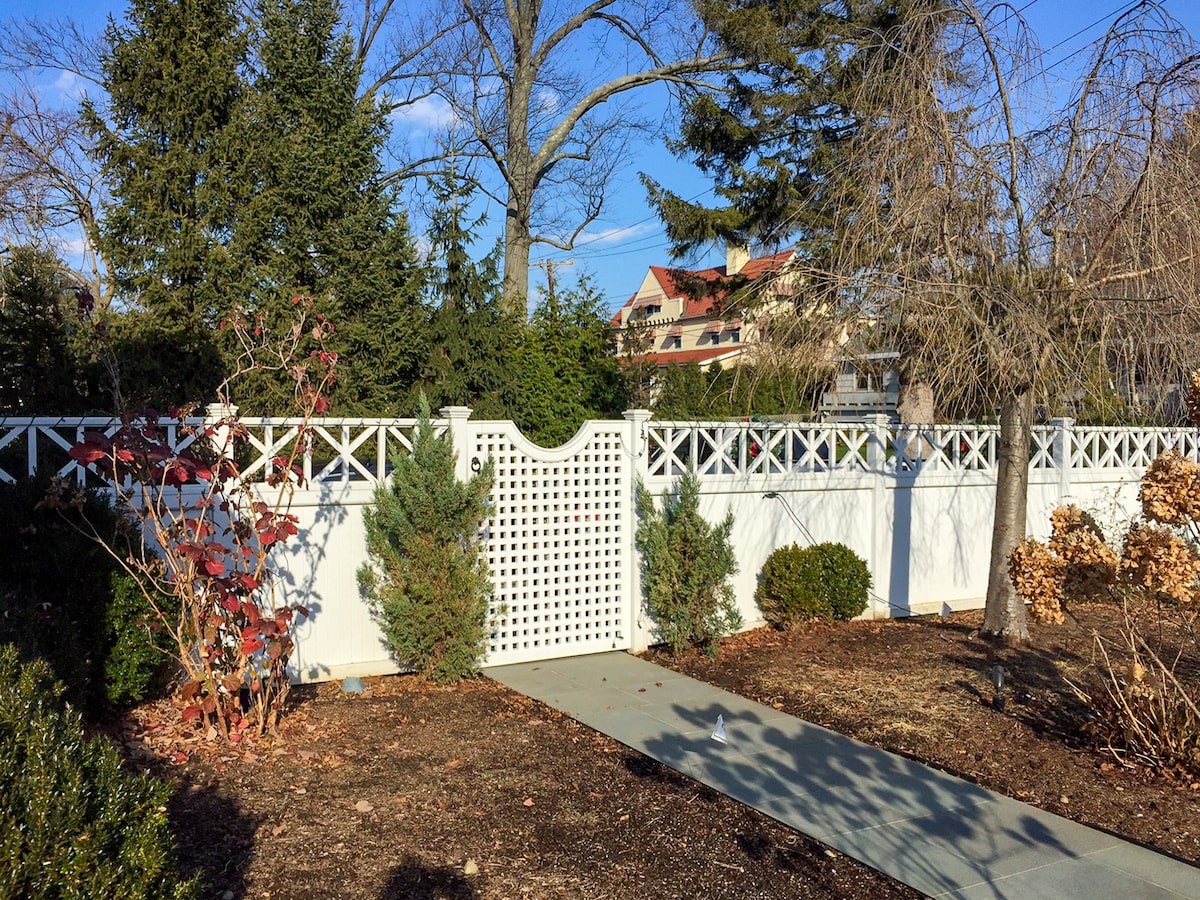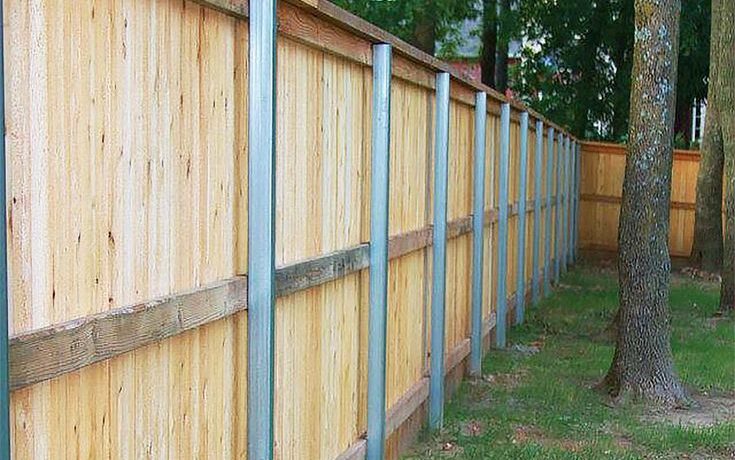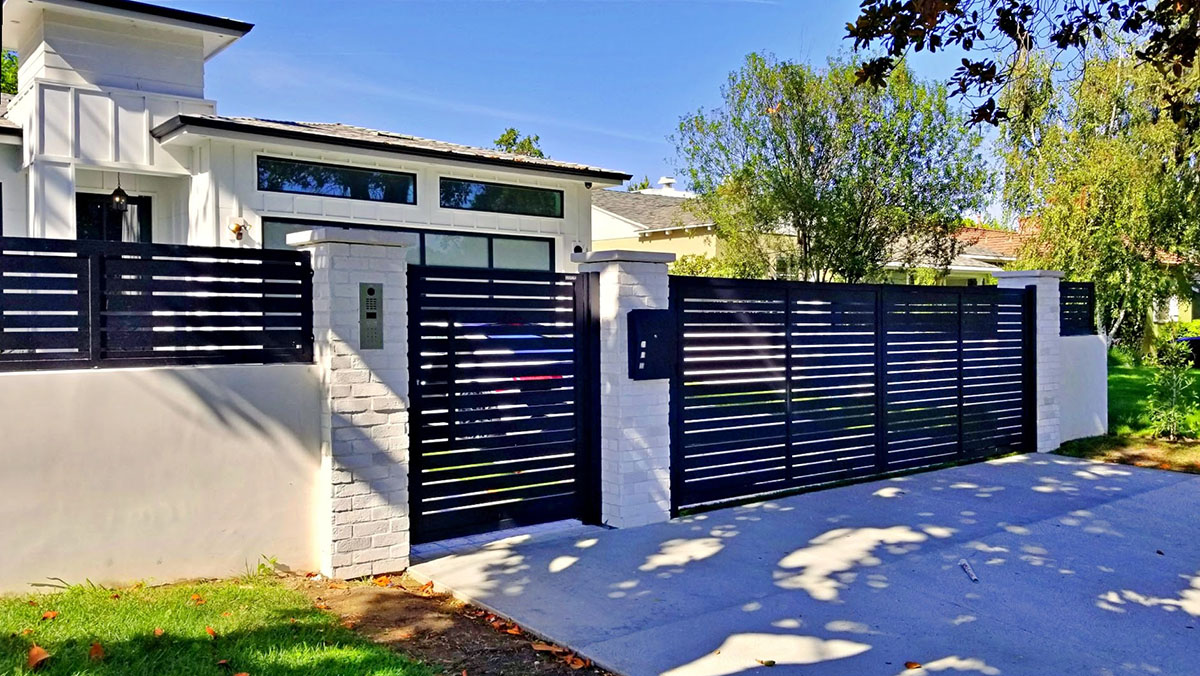All Categories
Featured

As sustainability ends up being a growing top priority for property owners and companies, the demand for eco-friendly structure products includes outside rooms, including fences. Conventional fence products such as metal, wood, and plastic can have significant ecological effects, from deforestation to chemical treatments and plastic waste. There are a number of environmentally friendly fence choices offered that not just minimize the carbon impact but also supply toughness and visual allure. Allow's check out some of the most preferred and lasting fence products that can assist you go environment-friendly while still improving your building's personal privacy, safety, and design.
- Bamboo Fencing. Bamboo is just one of the most sustainable materials on the marketplace, and it is progressively used in fencing building and construction due to its rapid growth and toughness. Unlike hardwood trees, bamboo is a grass that can grow back completely within just a couple of years, making it extremely renewable. It's naturally resistant to insects and rot, which suggests it does not require rough chemicals or treatments, making it an environment-friendly option.

Benefits: Bamboo fencings are resilient, low-maintenance, and biodegradable. They are normally resistant to termites and moisture, minimizing the need for chemical preservatives. Furthermore, bamboo helps decrease soil disintegration because of its deep origin systems. Considerations: Bamboo can be a lot more costly than some standard timber fencing options, and it might not be appropriate for areas with severe cold or freezing temperature levels, as it can become fragile in time. 2. Recycled Materials Fence. Several manufacturers currently offer fences made from post-consumer plastic, recycled timber, or also repurposed metal. Numerous composite materials, for example, are made from recycled plastic bottles, wood scraps, and other products that would or else be thrown out.
Benefits: Recycled product fencings aid save all-natural sources, minimize pollution, and reduced the environmental impact of the manufacturing procedure. They can also supply impressive durability, withstanding decay, mold, and termites. Factors to consider: While recycled product fences are highly sturdy and environmentally friendly, they may not have the very same natural aesthetic that some homeowners look for. Nonetheless, manufacturers now offer styles that resemble the appearance of timber or rock. 3. Composite Fencing. Composite fencing is made from a blend of timber fibers and plastic, often incorporating recycled products. This combination produces a very durable, low-maintenance fence that does not need routine painting or staining, making it a lasting option. Compound fencings are resistant to rot, insects, and weathering, which implies they can last for several years without the need for constant replacements.

Benefits: Composite fences are long-lasting and can withstand rough weather, lowering the need for substitutes or repair work. Given that composite products usually include recycled material, they help in reducing plastic waste. Additionally, they do not need unsafe chemicals or treatments. Considerations: Compound fences can have a higher ahead of time price than conventional timber or plastic, though their toughness and reduced maintenance costs commonly make them a more affordable choice in the future. 4. Living Fencings. Living fences, additionally understood as hedgerows, are an environment-friendly and aesthetically pleasing alternative that entails planting thick hedges, trees, or climbing up plants along your home line to create a natural barrier. Popular plants for living fencings consist of boxwood, privet, and holly. These plants can be grown to provide privacy, windbreaks, and noise reduction while adding to ecological health.
Benefits: Living fencings promote biodiversity, boost air top quality, and absorb carbon dioxide, making them among the most environment-friendly fencing options. They likewise provide a natural environment for bugs and birds and can decrease noise air pollution and assist control temperatures in your backyard. Considerations: Living fencings need normal upkeep, such as trimming, watering, and sometimes pest control. They likewise take time to establish and may not supply instant privacy contrasted to solid wood or vinyl fences. 5. Cedar and Redwood Fence. Cedar and redwood are preferred all-natural timber choices for fencings. These products are durable and normally resistant to rot, parasites, and wetness, which implies they commonly don't require the usage of dangerous chemical therapies. When sourced from sustainably handled forests, cedar and redwood fences can be an ecologically friendly selection that supplies both beauty and long life.
Perks: These timbers are naturally degradable, sustainable, and deal exceptional sturdiness and all-natural elegance. Cedar and redwood additionally have a lower ecological influence when harvested responsibly, making them a green option for lots of home owners. Considerations: While cedar and redwood fences have environmental benefits, they do still call for periodic upkeep and are extra costly than various other timber alternatives. It is very important to guarantee that the wood is sourced from sustainable forests to maximize its ecological advantages. 6. Rock and Brick Fencing (Redeemed) Rock and brick fencings are low-maintenance and extremely sturdy, and they can be environment-friendly when made from redeemed materials. Redeemed stone and block are commonly recovered from old structures or construction projects, lowering waste and saving all-natural sources. These products supply a classic look and are highly immune to weathering, making them a long-lasting service for fencing.
Benefits: Redeemed rock and brick are sturdy, visually pleasing, and require marginal upkeep. By repurposing these materials, you help in reducing the need for new resources and lower waste in landfills. Considerations: The installation of stone and block fencings can be labor-intensive and extra expensive contrasted to various other materials, however their longevity and reduced maintenance requirements can make them cost-effective over time. Final thought. Environment-friendly fencing options are not only great for the atmosphere but likewise supply resilience, low maintenance, and aesthetic appeal. Whether you choose for bamboo, recycled materials, composite secure fencing, living fences, or sustainable wood like cedar and redwood, there are several ways to decrease your environmental impact while boosting your residential property's look. By picking these eco-conscious materials, you can add to a much healthier planet and create an exterior space that shows your values.
Latest Posts
Grab Special Auto Repair Deals in Chicago at Montclare Auto Repair
Published May 26, 25
1 min read
Learn How to Save Big on Car Maintenance with Montclare Auto Repair’s Limited-Time Deals
Published May 26, 25
1 min read
Unlock WyHy Federal Credit Union – Key Advantages for Your Money Goals
Published May 24, 25
1 min read
More
Latest Posts
Grab Special Auto Repair Deals in Chicago at Montclare Auto Repair
Published May 26, 25
1 min read
Learn How to Save Big on Car Maintenance with Montclare Auto Repair’s Limited-Time Deals
Published May 26, 25
1 min read
Unlock WyHy Federal Credit Union – Key Advantages for Your Money Goals
Published May 24, 25
1 min read